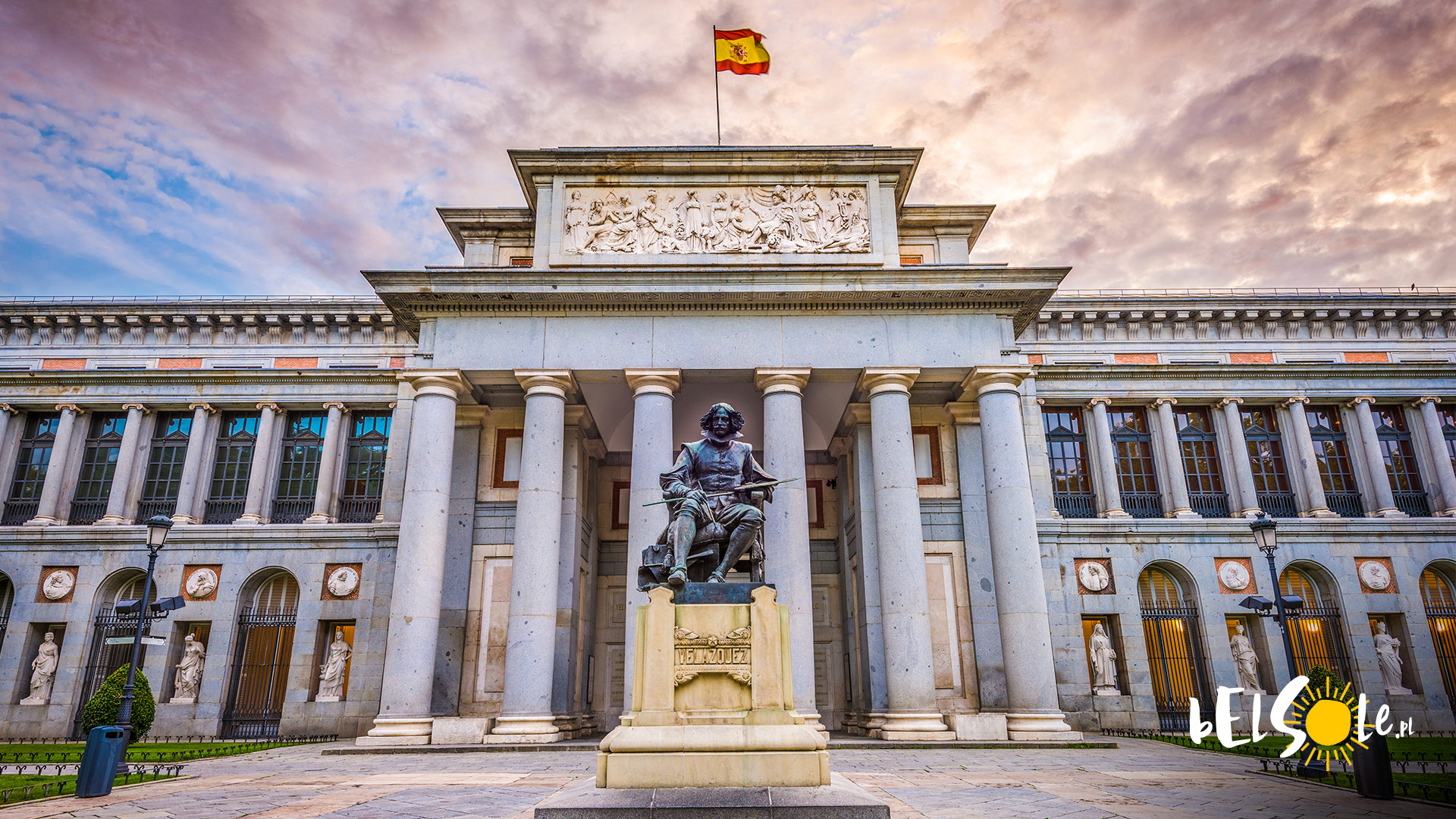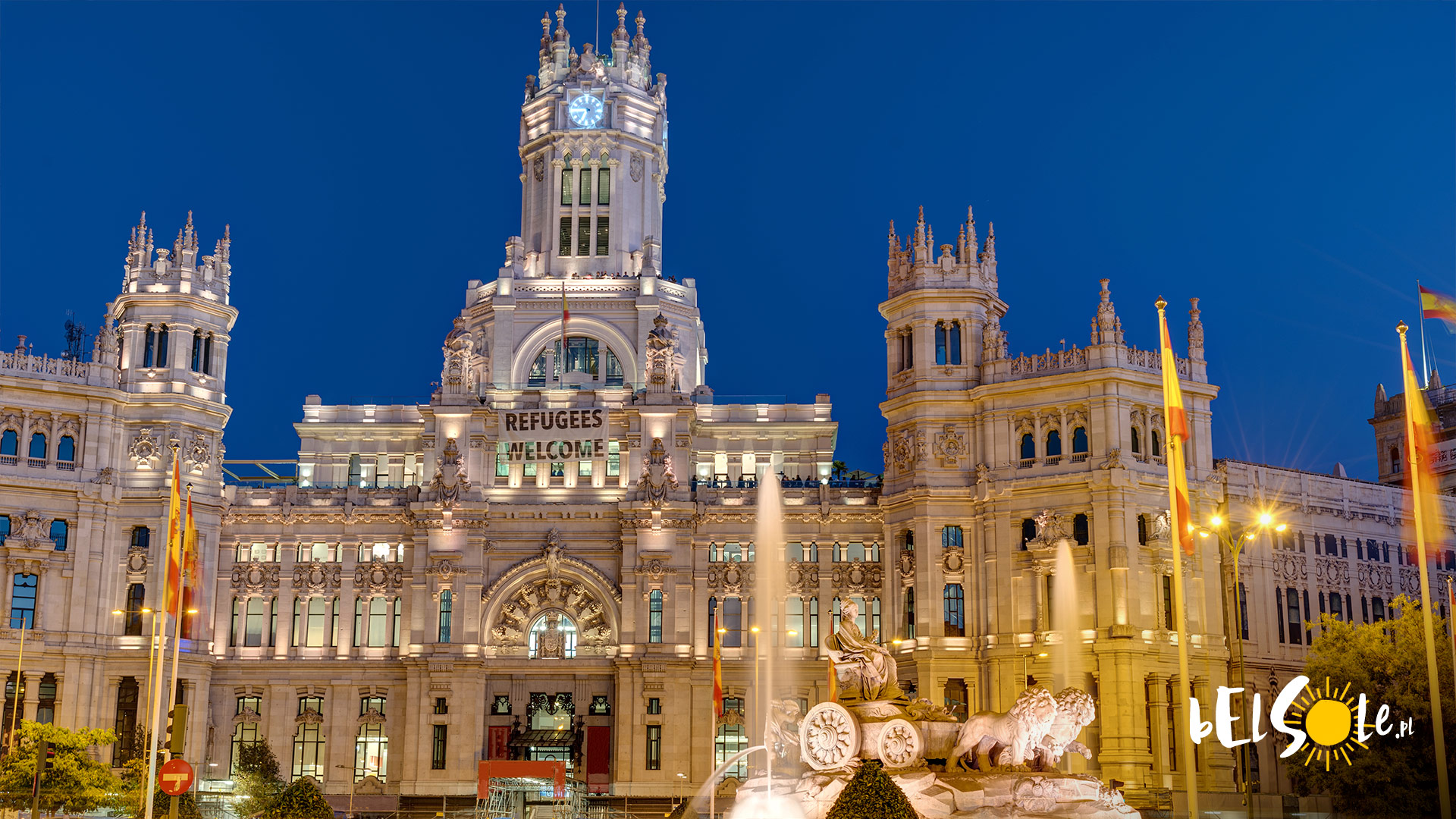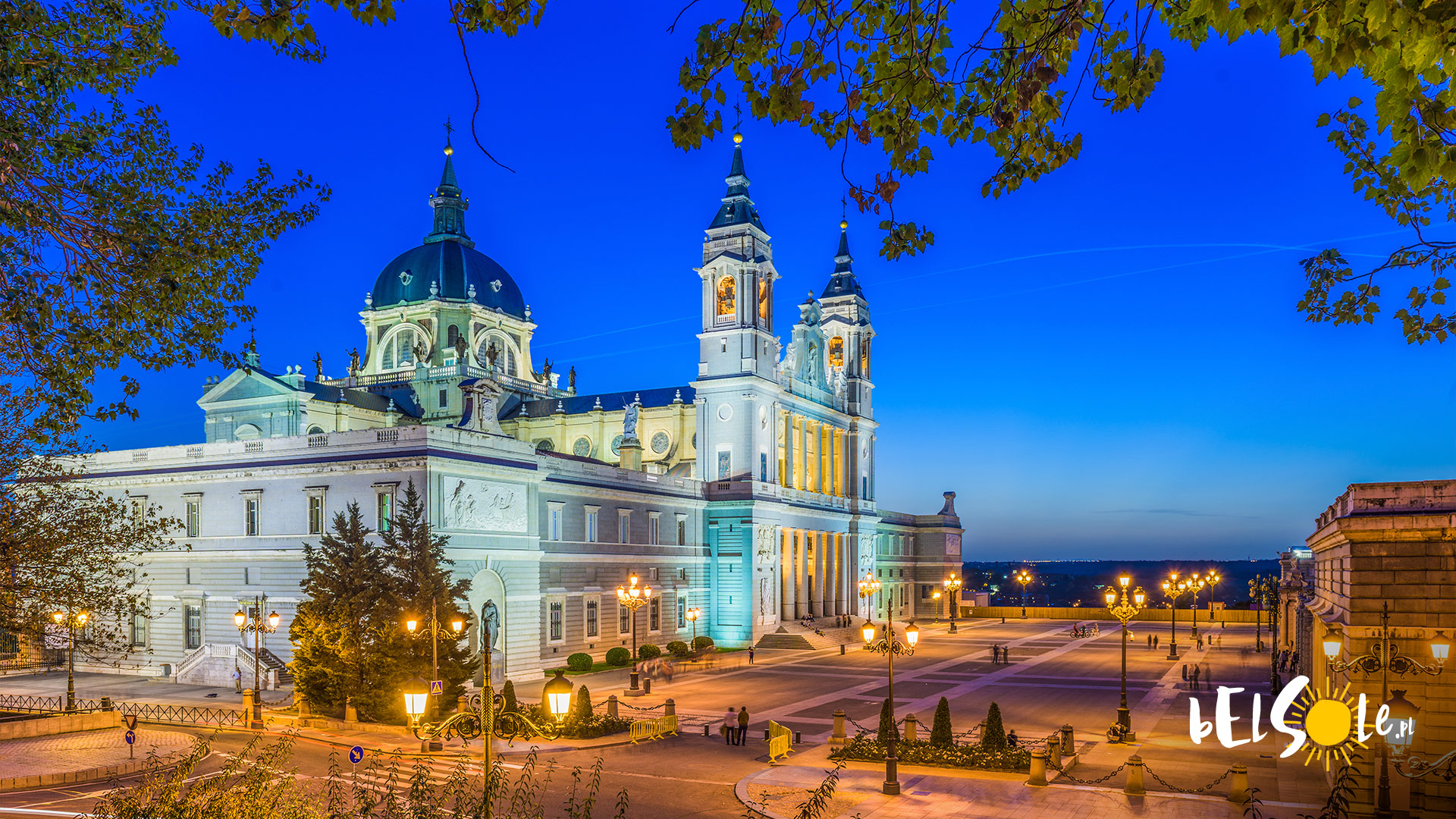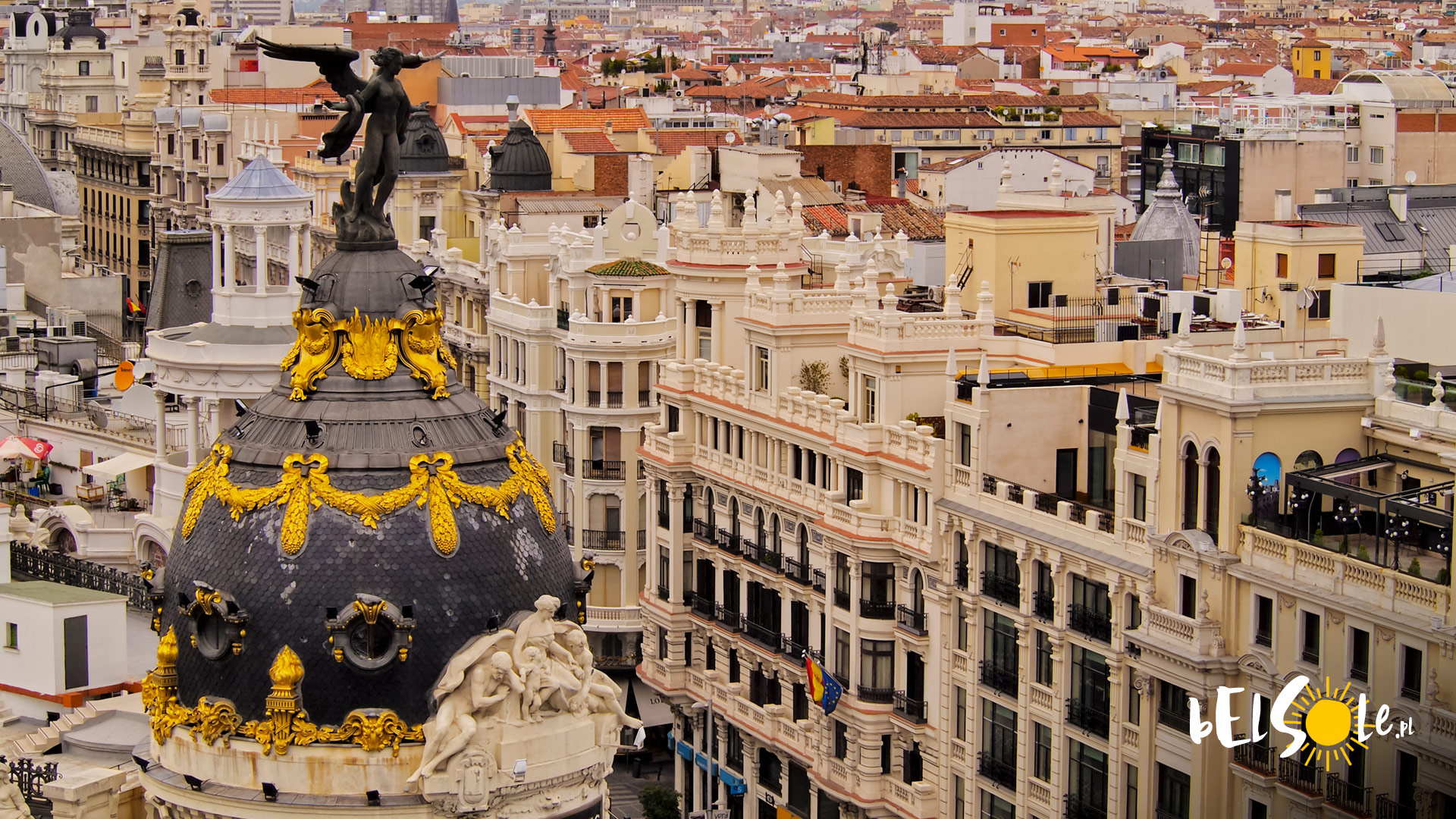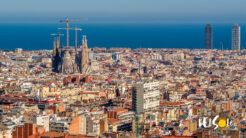When going to a foreign country, there’s often that thought about safety of such a trip. Spain’s no different. What to look out for in Spain? Is Madrid safe? Are there many pickpockets in Madrid? Is nightlife safe in Madrid?
Pickpockets in Madrid
Pickpockets in Madrid can be quite a nuisance for tourists. The Spanish authorities, noticing the rising problem in the late 90s, decided to cooperate with the local police to make a ‘map of pickpockets’, to make tourists more aware of the places in which they’re the most vulnerable.
The map taught us all some things. Firstly, a huge percentage of theft (roughly 90%) occurs during entering or leaving the metro and, although the Madrid metro line system is quite gigantic (roughly 310 km long, with 297 stations), there are a few stations that we can point out as more popular among pickpockets. These lines specifically go through the city’s centre and the antique downtown, the historical “Line 1”, opened in 1919, connecting Pinar de Chamartin and Valdecarros stations, as well as the “Line 2” from the Interwar period, a fairly short section (roughly 14 km), connecting La Elipa and Las Rosas stations.
Tourists should also be wary of huge crowds jamming against the wagon entrances, especially on Line 7 with its enormous 30 station line, connecting Pitis and Hospital del Henares stations, and the very short, special Line R, connecting Ópera and Príncipe Pío stations. Let’s also add, that even though Madrid has a very extensive monitoring system, both tourists and locals are still exposed to pickpockets both during entering a wagon and while inside it, in the middle of a crowd, in the Cercanias Madrid even, a huge railway line, covering both Madrid and its suburbs.
Secondly, tourists are also greatly endangered while hiding from all the heat in cafes or restaurants during siestas. Pickpockets in Madrid have especially taken interest in the cafe terraces, as it’s incredibly easy for them to acquire the handbags hanging behind the owner’s back or the luggage standing near the terrace’s fence.
We can also add all the crowded places near the main attractions and monuments in Madrid, where it’s laughably easy for pickpockets to operate in queues to, for instance, Prado Museum, Thyssen-Bornemisza museum or the Queen Sofia Museum (basically the ‘Madrid art trinity’), as well as the bustling outside attractions, like the various fountains. There’s no real way around it, so just be extra cautious when near a crowd.
Capitals of the European pickpockets
We’d like to add, that in 2010, TripAdvisor, with the journalists from ABC News, created its own ranking of the European ‘pickpocket capitals’, based on the reports from the local police stations. Barcelona took the first place, while Madrid stood proudly at fourth. Simultaneously, the service repeats the same tips we’ve been hearing for a while now: avoid using your back pockets, especially for wallets or phones, instead use sturdy fanny bags. Don’t keep much cash with you either (nowadays we can use credit cards both in Museums and the tiny local shops), don’t ever put your expensive camera or phone on the side for ‘just a moment’ and most importantly never try to squeeze through a crowd (often an artificial one).
Terrorism in Madrid
The terrorist attack in 2004 damaged the good name of the capital of Spain. 194 people have died in 10 separate explosions in the Madrid metro. With that being said, Madrid is not any more dangerous than any other big city for that matter. Just in case though, avoid luggages or shopping bags left in the middle of the street, and although we’d like to believe that it’s very very unlikely, history has a tendency to repeat itself.
Dangerous places in Madrid
Which streets or barrios to avoid when in Madrid? Generally speaking, during the day, pretty much the entirety of the city is safe – at night though, some places are better avoided, mainly: Carabanchel, Alvarado, Retiro Park and the centre by the Plaza Mayor Area (beware of pickpockets here).


